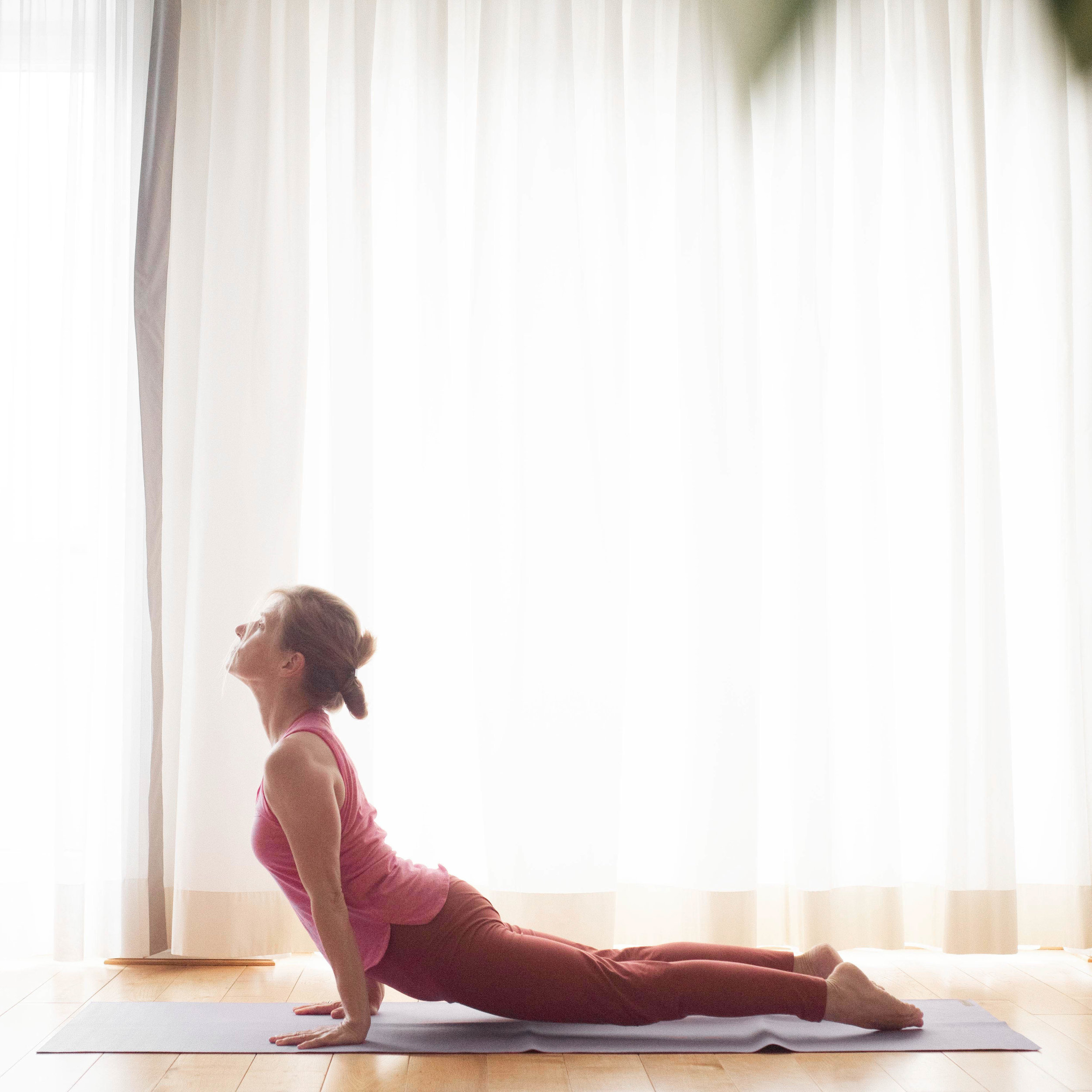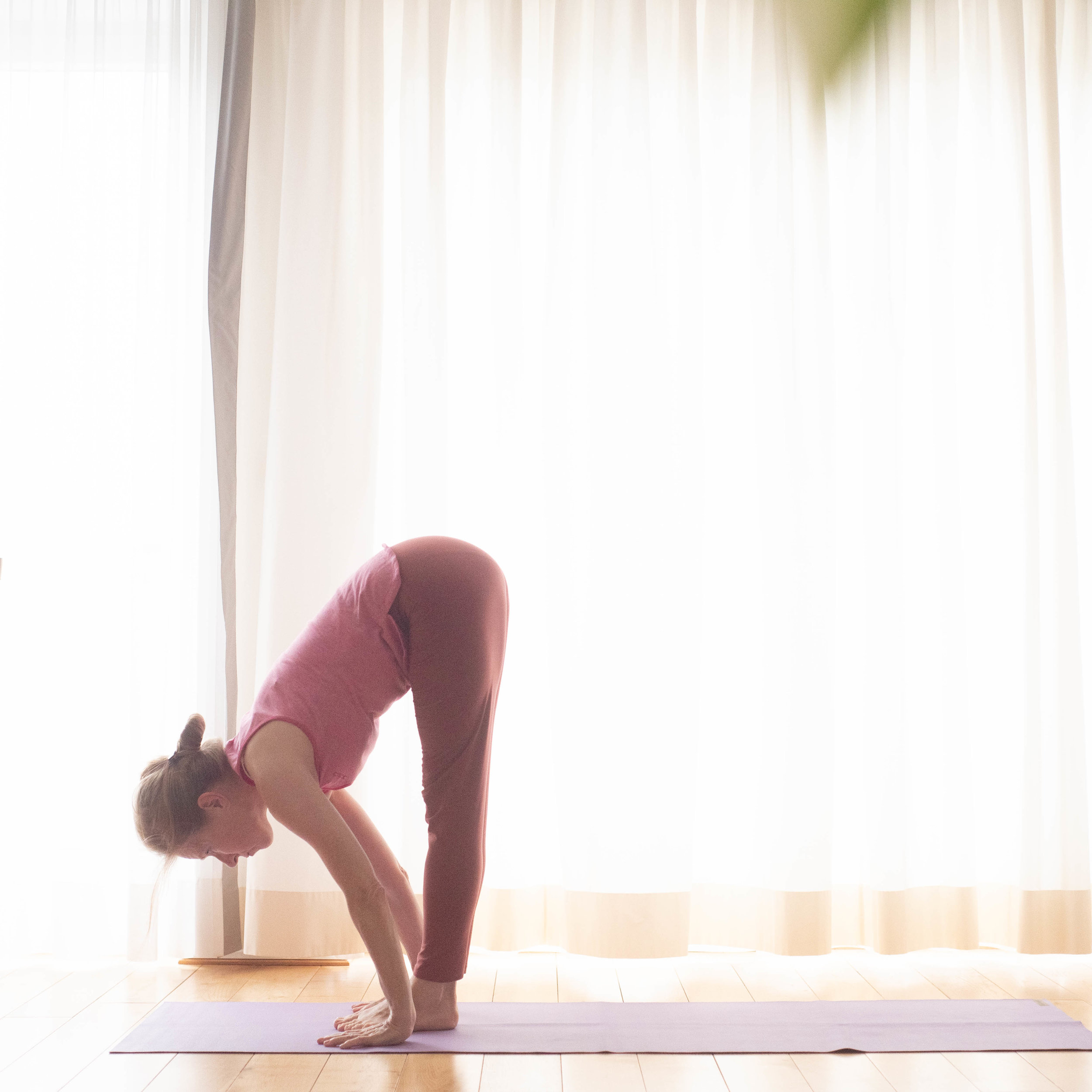Paschimottanasana, June 2021
Friday is the last practice of the yoga week. It’s dedicated to primary. The asanas are mainly forward bending asanas. The vinyasa are very challenging.
I’m not yet there where was 4 years ago, when I injured my back. My core muscles are too weak. arm muscles and hip flexors perhaps, too. There is a lot of work to do. I have ideas, so I don’t feel stuck.
Whenever I see a yogini performing advanced asana, I know that this yogini has learned to be disciplined. It’s never only about the body and the asana. The mind is involved as well. Most yogini who are able to perform advanced asanas have learned how important it is to keep practicing on a daily basis.
I also know that frustration is part of the journey. For me this is true. To realize that the yoga journey has a lot of set backs, injuries included, can be frustrating. As a yogini we learn to handle these feelings. We learn to accept that positive and negative emotions are part of the game. It’s nothing to fight, but to observe.
Jumping through (forwards and backwards) is almost lost. But I have ideas. A month ago or so I bought a handstand training. Perhaps this is the solution. Might be that after the training I’m able to do a press handstand, but I won’t be able to jump through without touching the floor. This would be so funny, that I’m entertained already now.
My dear readers, please enjoy that my blog is advertising free. I don’t see my readers as potential buyers, but as yoga practitioners. We all need spaces that allow us to relax.
Enjoy the week-end.
On Sunday the next yoga week begins. Till then enjoy what is.
My plan is to update this blog after lunch, before napping. This might allow to write more often.
Thank you to those who write to me that they miss my blog posts. It’s very much appreciated.




